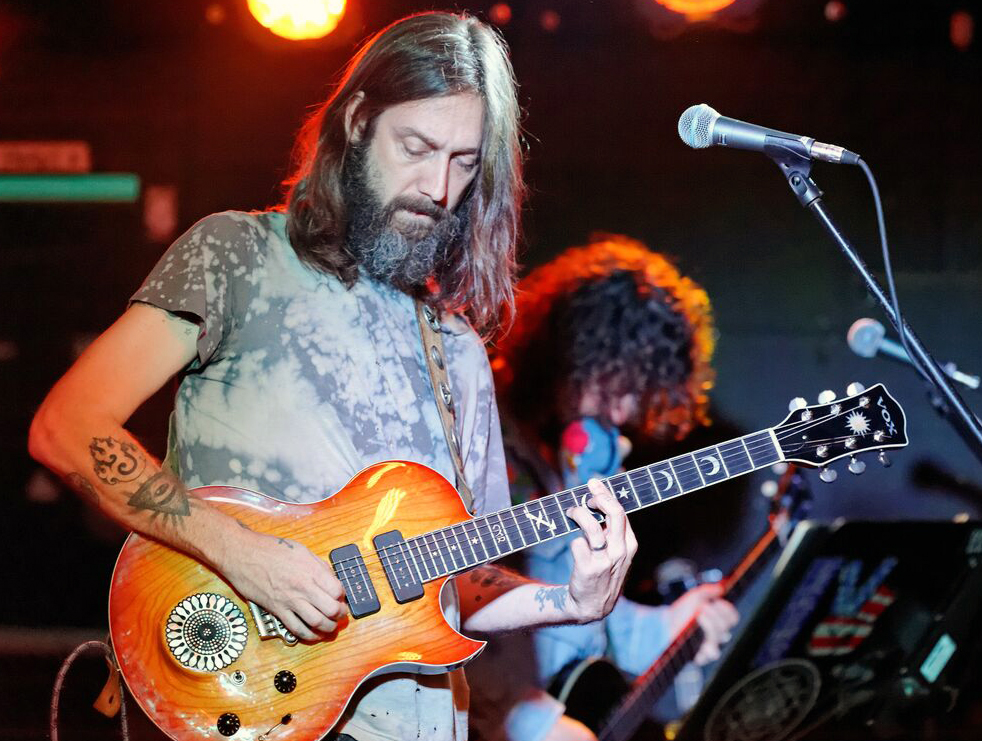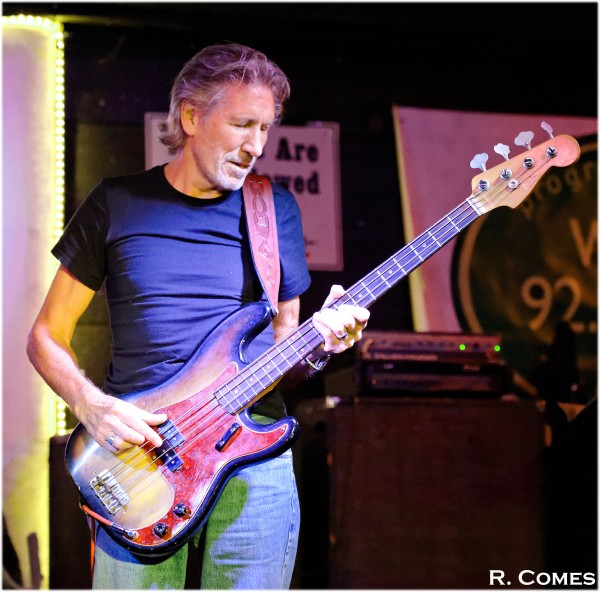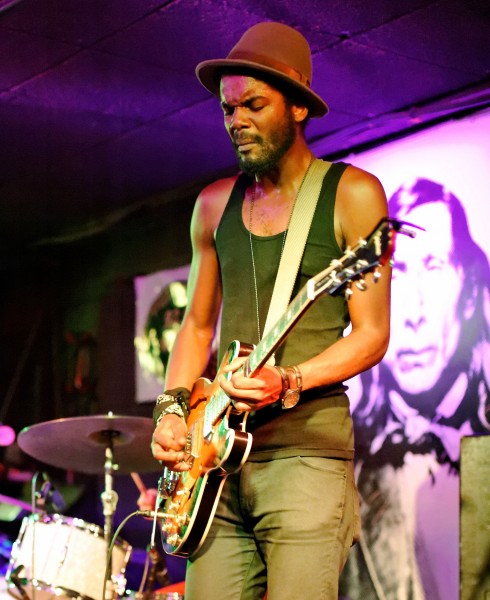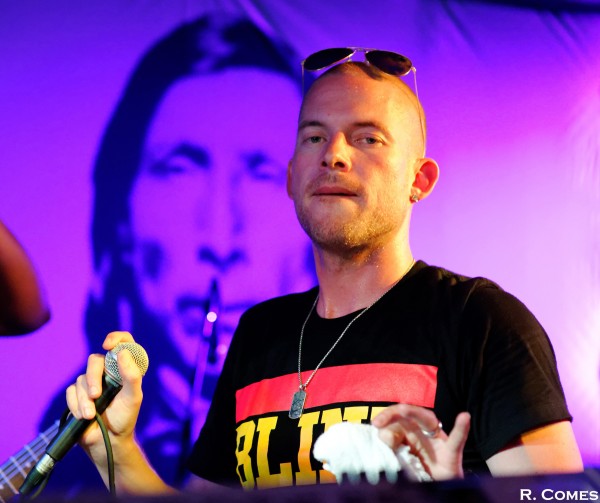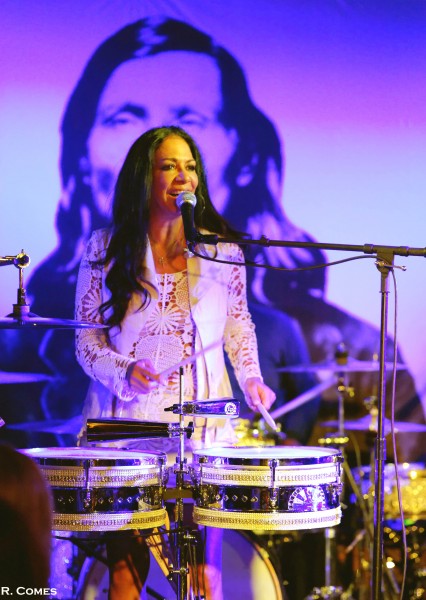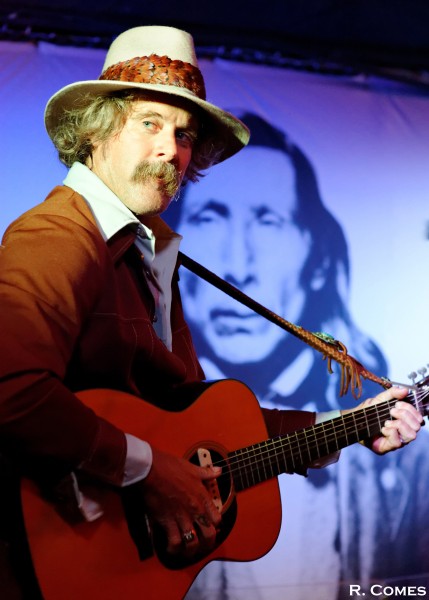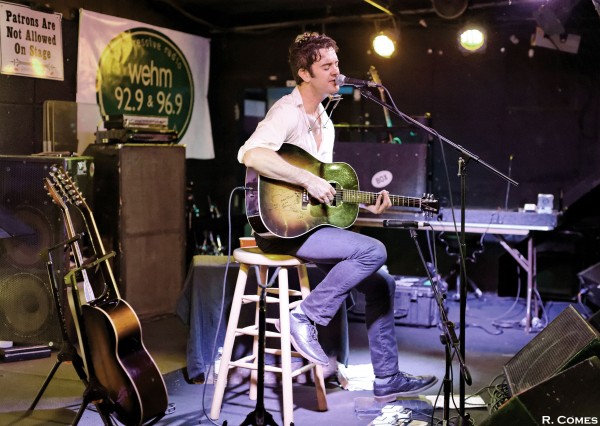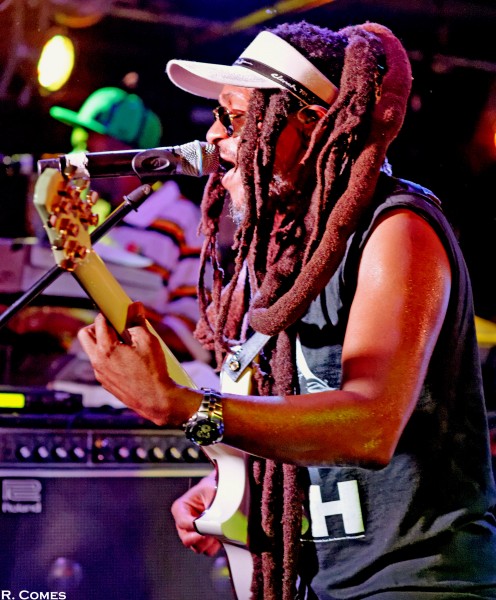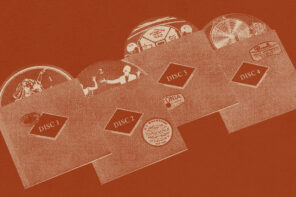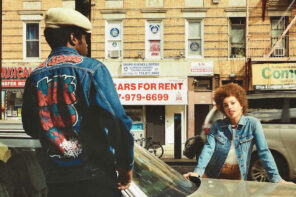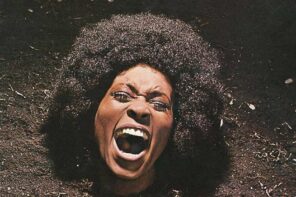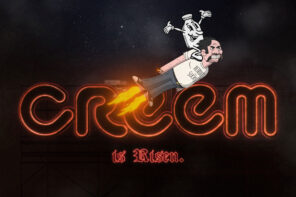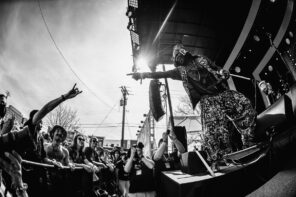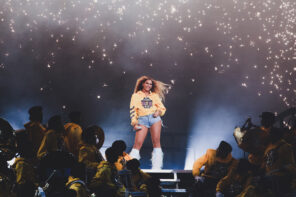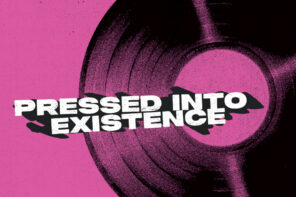When speeding through the town of Amagansett — Remember? It’s the last stop before Montauk! — you’ll catch a glimpse of the Stephen Talkhouse. This unassuming Main Street bar doesn’t look like much at first, with grey paneling and a ubiquitous American flag draped out front. But if you can drag yourself away from Gigi Hadid’s Instagram long enough to really look, you’ll notice hordes of people clamoring to get inside. And stage lights flashing in the window. And, hey! Is that Jimmy Buffett playing? Why yes, it is.
For decades, this tiny music venue has brought unprecedented talent to the East End. We’re talking Rock and Roll Hall of famers like Bon Jovi, Billy Joel and Pink Floyd’s Roger Waters (whose work you might remember from smoke-filled nights back in college). Now in its forty-fifth year, the Talkhouse has solidified its place as a Hamptons mainstay
“I’m pretty sure the bar opened in 1970,” says part owner Nick Kraus. “Because rumor has it, my dad was at the Talkhouse drinking and offering cigars while I was born.”
The name of this place, however, predates 1970 — it’s from back in the Civil War, when a young Native American named Stephen Talkhouse (you might recognize his face behind the musicians in our photos) was sold to a wealthy family on the East End. He became the area’s first postman, delivering messages from Montauk to Manhattan. On foot. It’s even rumored that when offered a ride in someone’s buggy, Talkhouse would respond, “Sorry, but I don’t have the time.” And it is exactly this perseverance — and ability to outrun horses, apparently — that the bar’s original owner wanted to capture.
This original owner was a guy by the name of Buddy Potnick – but back then, the only music played here was played by jukebox. Fortunately for our ears and for our weekends, Potnick fell on hard times, eventually closing the bar. Peter Honerkamp snatched it up in 1987, armed with two things: A dream of making the Talkhouse into a major music destination and a group of friends who shared in this vision.
“There used to be a tiny place in Nassau County called My Father’s Place,” Honerkamp remembers. “And people like Bowie and the Stones used to travel from New York City to play there… My goal was to make the Talkhouse a similar venue out east.”
Honerkamp’s first act was John Hammond — a famous blues musician (that none of us have ever heard of). Honerkamp threw Hammond $750 to play a $10-per-ticket show, and the place was packed. Amagansett had never seen anything like it.
“Within a year, we had Taj Mahal,” Honerkamp says. “And then Buddy Guy. After that? Albert Collins and Jesse Colin Young.”
Even if you only recognize about half of those names, this is the time to be impressed. And it is impressive, but not as impressive as the Talkhouse’s ability to shift personalities with every passing day.
“One night, we’ll have a lesbian folk singer and the place will be a totally lesbian bar,” explains Honerkamp. “But the next night, Johnny Winter will fill it with guys in motorcycle jackets. It’s a completely different place every night.”
But in case you haven’t heard, the average Hamptonite these days isn’t a biker or a folksy lesbian — it’s 20-something white kid who may or may not have arrived via Ferrari. To accommodate these changing demographics, the Talkhouse has expanded its repertoire to also include late night DJs, pop music and reggae.
“The Montauk monster has definitely affected us,” explains Kraus. “Which doesn’t mean they’re bad, it just means we’re in competition for the same people every Friday and Saturday night.”
But in our opinion, the Talkhouse is too special to compete. Not only is it the only place where you can party til 3:30, but it’s also the only place that genuinely doesn’t give a shit.
“We don’t care if you’re a billionaire or a surfer,” says Honerkamp’s son, Matt, who grew up working the shows. “There’s no discrimination — everyone gets treated the same.”
“I remember one night in August 2011, I get a call from the Secret Service,” Honerkamp remembers. “Saying Bill and Hillary want to come in see Buffet. Hurricane Irene had hit a few days before, so we’re running on a generator. The former president and first lady come anyways, and right when Buffet starts playing… BAM. The power goes out with this huge snapping sound. The Secret Service must have thought it was a gunshot.”
Fortunately for the Secretary of State (and for SNL), it wasn’t. And the show did, in fact, go on. The Talkhouse staff is well trained in shenanigans, jumping headfirst into everything from stabbings to blowjobs — even the talent has been known to get involved.
“I remember one night Eric Burdon was playing and we all bartended nude — including Burdon himself,” he says. “Or another time when Buddy Guy walked outside and hitchhiked away in the middle of a song — you won’t get those types of stories if you go to see these people in a big arena.”
Which brings us to our final point: The best thing about Talkhouse isn’t their anarchist mentality. Isn’t the cheap drinks. It isn’t even an excuse to dance close to a Cooper’s Beach cutie. No, the best part is seeing world class acts so close you can touch them — but please don’t. That would be harassment.

